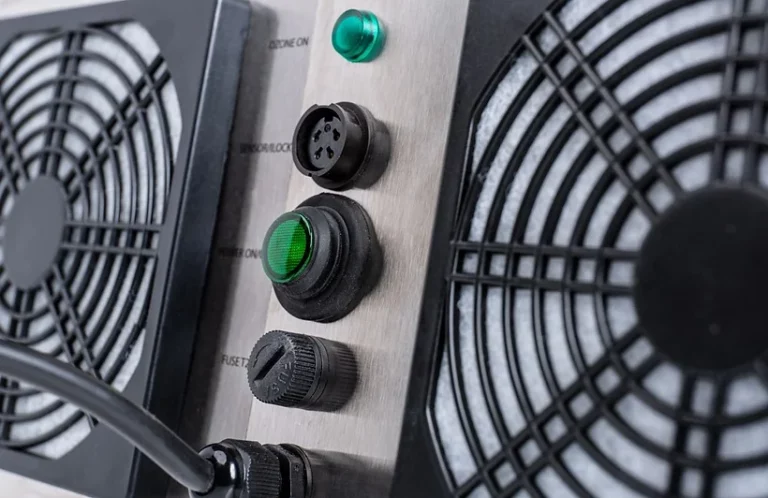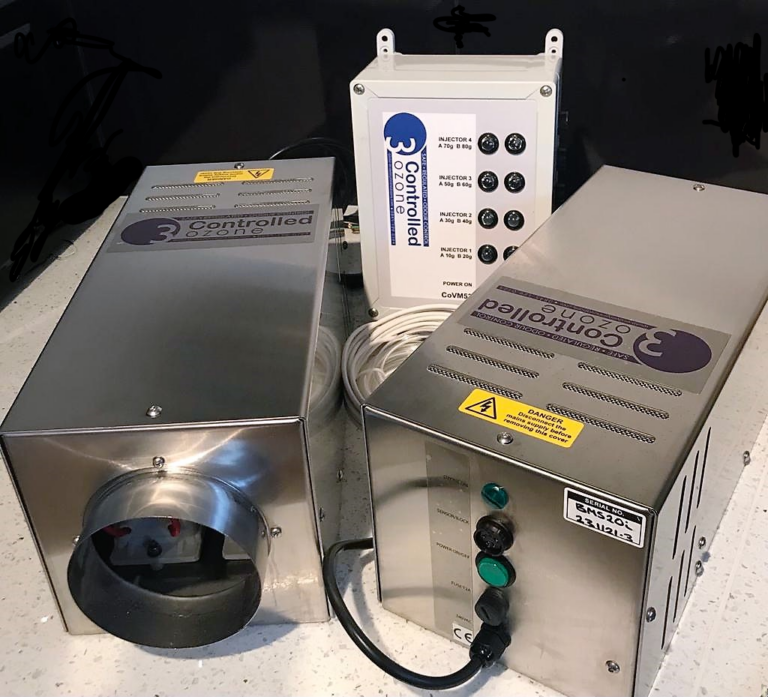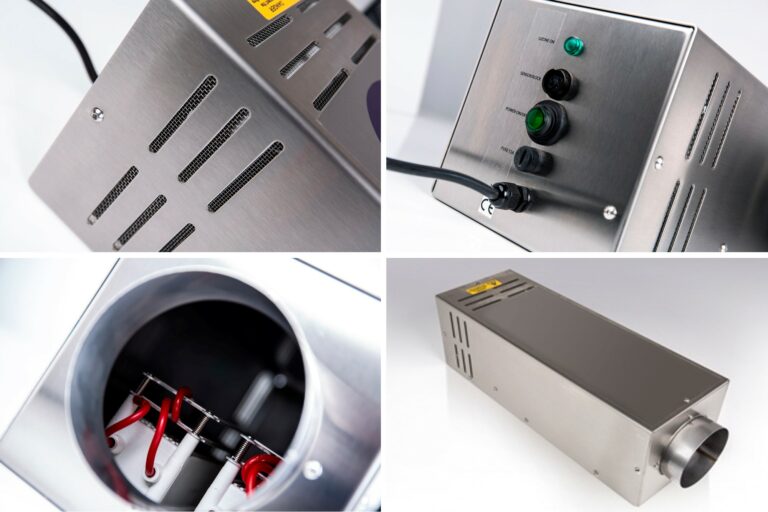Controlled Ozone injectors are the first fully controllable, energy efficient units available for neutralising cooking odours, and they are well placed to comply with any future ozone output monitoring requirements that may be introduced.
Via their integrated smart control system, our units are able to react to the air volume being drawn out through the duct work ensuring ozone emission levels are monitored at point of discharge. This means that they only produce the level of ozone required for the extract air volume, and are not simply "on or off" like other products currently on the market. Controlled Ozone units work around the clock but only use the required amount of energy at all times.
The Controlled Ozone units inject ozone directly into the kitchen extraction system, where it reacts with odours and oxidises them in a chemical reaction, resulting in the production of carbon dioxide and water vapour. The ozone itself is consumed during the process by way of conversion into oxygen.



The gaseous ozone produced by our units can be injected directly into the canopy plenum or the early stage of the extract duct, which is not possible with UV bulbs. UV bulbs must be sited much later into the extraction path because the bulb glass becomes fragile if subjected to the levels of heat that builds up in the plenum and early duct.
Our newly launched Controlled Ozone System comprises of a control panel and between 1 and 4 variable injectors to match the demands of the extraction system.
The level of Ozone being called off is indicated by the LED bulbs illuminated on the control panel, for example, with LED A and B on Injector 1 delivery is 20grams; LEDs up to A on Injectors 3 = 50grams etc.
E.g.
Injector 1 on its own (CVS200 / CMS200)
A) up to 0.9 m³/s the ozone delivery is 10 grams
B) up to 1.8 m³/s the ozone delivery is 20 grams
Injectors 1 and 2 on (CVS400 / CMS400)
A) up to 2.7 m³/s the ozone delivery is 30 grams
B) up to 3.6 m³/s the ozone delivery is 40 grams
To ensure that the levels of ozone being discharged are within guidelines, we have the Co515 monitor which will cut the ozone production by 10g of ozone at a time until the monitor registers the desired ppm concentration of ozone at discharge.
